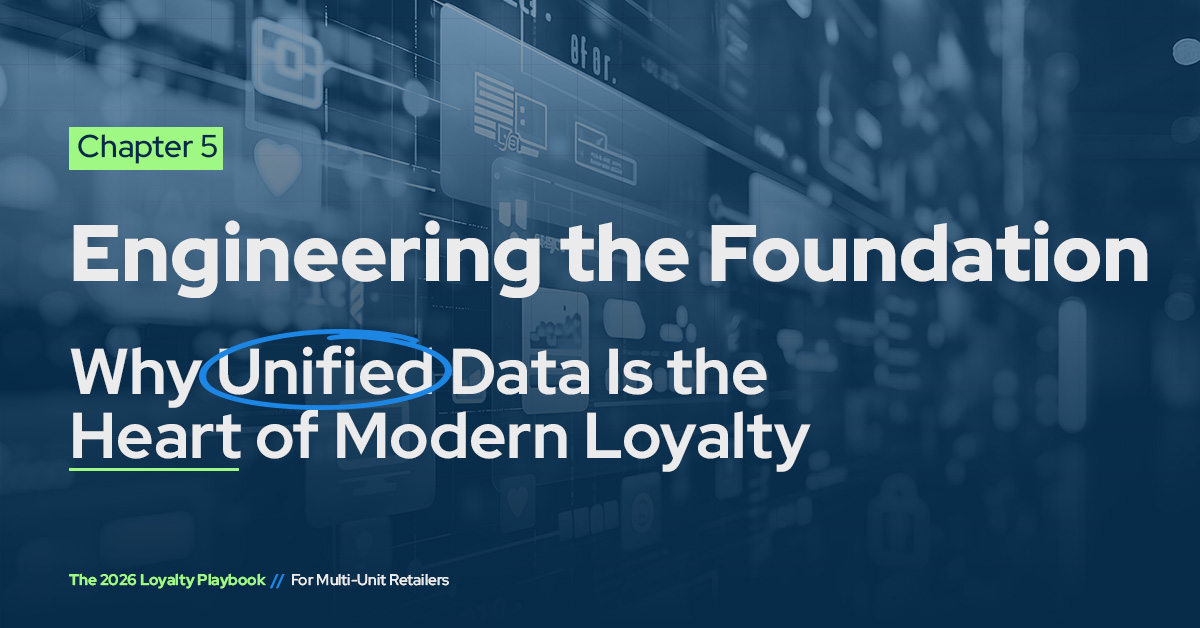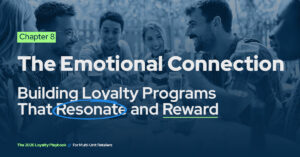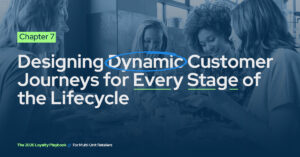In the first four chapters of this series, we explored how loyalty has evolved from punch cards to predictive engagement, from simple transactions to emotional connection. But without a unified data foundation, even the smartest strategy falls apart.
Most multi-unit retailers still manage customer data across a patchwork of systems: POS, e-commerce, apps, paid media, and CRM. Each captures a slice of the customer journey, but none tell the full story. The result is duplication, inefficiency, and blind spots that limit personalization and waste marketing spend.
Fragmented Data = Fragmented Loyalty
Forrester reports that brands with fragmented customer data experience up to 3x higher churn rates than those with a unified view of the customer.
When data lives in silos, it cannot fuel automation or personalization. A guest who orders online may not be recognized in-store. Another may receive irrelevant offers because app and POS systems do not connect. Fragmentation erodes trust and diminishes the power of every campaign.
The Case for a Single Customer View
A single customer view (SCV) brings everything together. It merges transactions, preferences, and engagement signals into one cohesive profile that fuels marketing, CRM, and loyalty.
McKinsey found that brands maintaining consistent cross-channel data outperform peers by more than 20 percent in satisfaction and retention.
“Your loyalty strategy is only as strong as the data that connects it,” says Andy Locke, Director of Strategy & Data at Response Labs. “Once you unify systems, you do not just see customers, you understand them.”
When every system speaks the same language, marketers can identify high-value guests, personalize offers in real time, and measure true lifetime value.
How to Build the Foundation
Creating an integrated data layer requires both architecture and discipline.
- Connect your systems. Integrate POS, app, e-commerce, CRM, and loyalty data into a shared platform.
- Clean the data. Deduplicate records and standardize formats for accuracy.
- Establish governance. Define how data is collected, updated, and secured.
- Adopt scalable technology. Platforms like Salesforce Data Cloud enable unified profiles at enterprise scale.
Why Unified Data Drives Long-Term Value
When data is inconsistent, lifetime value (LTV) calculations and retention forecasts become unreliable. Harvard Business Review highlights that without accurate data, loyalty metrics can misrepresent true profitability.
Unified data creates clarity. It allows marketing to prioritize investments around the customers most likely to stay, spend, and advocate.
The Foundation of the Future
The future of loyalty will rely on advanced segmentation, predictive modeling, and AI-driven personalization, but none of it works without a clean, unified foundation. Unify your data. Build the infrastructure. Then watch every other part of loyalty accelerate.
Discover more in The Loyalty Playbook for insights on how your CRM becomes a growth engine in Chapter 4. Want to dive deeper? Chapter 6 breaks down the shift from demographic targeting to Audience Science: real-time behavior, emotional intelligence, and predictive triggers.
If you’re ready to transform your loyalty program into a true growth program, we’re here to help. Contact us today to talk about how to get started.




